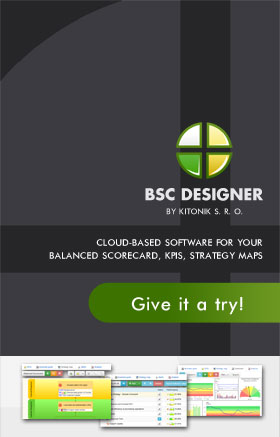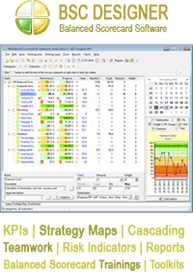Monitoring for Metrics Best Practice
Metrics are essential management tools. It is necessary for a company to have a yardstick by which success or failure can be determined. To develop metrics that will supply this need, companies have a lot of choices, as there are many available. However, metrics best practice must be derived internally. Meaning, it must be a product of a continuing assessment and upgrading of the existing company management system. In fact, metrics, if they are to be considered useful, must contain a mechanism where all company operations and activities are scrutinized minutely for their efficiency to accomplish goals and objectives, and automatically amended or enhanced if found wanting.
Metrics track organizational development and progress. Thus, the first concern is developing a process where all details relevant to the business – external and internal – is gathered and summarized into goals and objectives and then broken down into small, measurable, and doable units. Since we are talking of a self-adjusting system, it must, most of all, integrate a functional management information system capable of routinely generating valuable information for management use in decision-making.
Now, this is easier said than done. For large organizations establishing daily staff routines, measuring their direct contribution to the attainment of company objectives and synthesizing them for management use is laborious and tedious. But these things must be done or the organization will not have a clear perspective of what is happening in the organization and may not be able to respond appropriately to emerging internal as well as external issues.
In this context, good metrics is not just one that measures company performance based on quantitative data presented in periodic reports, say monthly sales reports. However desirable the figures are, it must be accompanied by qualitative description consisting of the who, how, why, and when factors. One must remember that business climate is not always stable and for the metrics to serve as an efficient management tool, it must also be able to supply adequate data for reading developing situations.
Although, a company practicing a holistic metric approach, to put a name to what has been discussed in the previous paragraphs, this does not mean that borrowing from the experiences of others is not recommended. Sometimes company officers are so immersed in their own system that a fresh perspective can supply the correct answer to a particularly knotty problem. They might be going through a phase or encountering an issue that others have met before and insights from these experiences can be helpful. But of course, if need be, some adjustments may have to be made to fit them into the peculiar company scenario. After all, you cannot expect company scenarios to be the same all throughout.
Developing a planning and implementation process that effectively supplies answers to the basic questions of how, when, and what expressed in both qualitative and quantitative presentations comprise metrics best practice. In addition, the process must include how and when these answers land in the desks of people who need them. This process is very important in monitoring daily activities and measuring their contribution to attainment of goals and objectives.
—
If you are interested in Metrics Best Practice, check this web-site to learn more about dashboard best practice.


